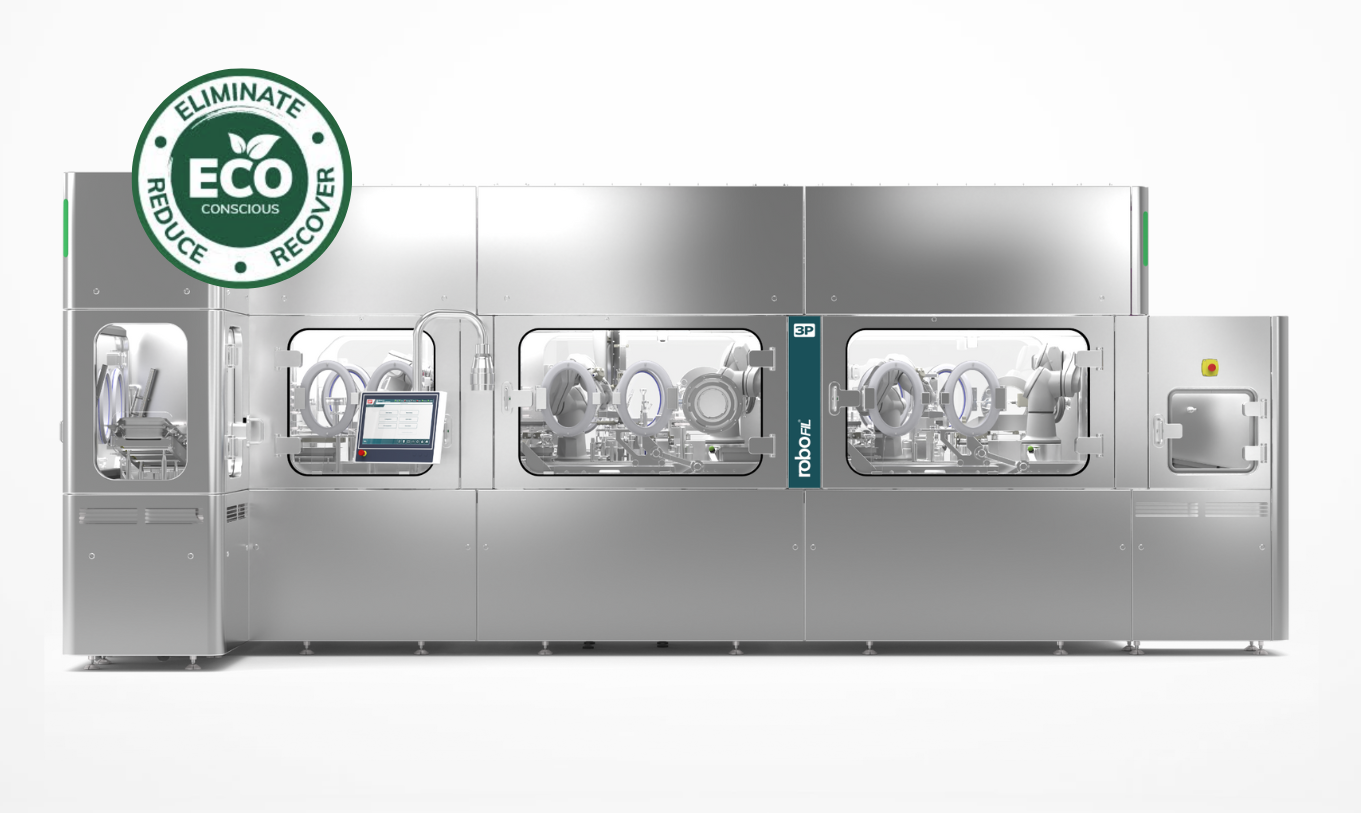From Disruption to Reinvention: The Story of API-in-Capsule Technology and Its Future
From Disruption to Reinvention: The Story of API-in-Capsule Technology and Its Future This article traces the evolution of API-in-capsule (AIC)...
5 min read
Dr. Dave Seaward : 10 June 2021
If you search the internet for “horizontal innovation” chances are that one of the top five search results will reference 3P innovation. Indeed our founding director, Dr Dave Seaward, has presented at the IET event focused on the subject on June 10th 2021.
Horizontal innovation is simply defined as 'the effective transfer of knowledge and technology from one sector to another'. One could argue, and we do, that most innovation falls under the horizontal innovation banner. The UK has a reputation for punching bigger than its weight when it comes to invention and innovation. Throughout industry there are ideas that are tried and tested in one sector, that are crying out to be used elsewhere. There is a genuine opportunity for horizontal innovation to drive growth and create fulfilling jobs for future generations of engineers – more importantly solutions that already exist can be used to address some of the world’s pressing challenges.
The IET Past President, Jeremy Watson CBE, summarised it well in 2017 when he said “The UK is internationally renowned for its creativity, research and innovation, but often technologies or processes can get locked into one sector or industry. We want to break down barriers to sharing ideas to enable innovations to be used where they are needed, and not just in the sector in which they are created.”
It could be argued that most innovation is “horizontal”. Anyone who has used the “theory of inventive problem solving” or Triz for short, is likely to agree to this. Triz is an abbreviation from the Russian "theory of the resolution of invention-related tasks" and was developed in the late 1940’s, 50’s and 60’s by Soviet inventor Genrich Altshuller. He analysed over 40,000 patent abstracts and concluded that there were 40 inventive principles driven by contradictions when trying to solve a problem. A classic example is you need to generate a lot of energy when the system has a low energy supply: the contradiction is solved by storing energy, say in a spring or a capacitor. He also discovered trends that repeated in different fields, the so called “laws of technical systems evolution” that predicted likely improvements to a product and also where an industry would likely go next. Given that Triz draws from multiple sectors and enables a level of automation of the innovation process it could be argued that all nearly all innovation is horizontal?

The Triz Contradiction Matrix By OxTriz - Own work, CC BY-SA 4.0 (Source Wikimedia Commons, via 'https://commons.wikimedia.org/w/index.php?curid=40375482')

The Triz 40 Principles of invention By FotoSceptyk - Own work, CC BY-SA 4.0 (Source: Wikimedia Commons, via 'https://commons.wikimedia.org/w/index.php?curid=45719323')
One great example was when automotive sport technology was used in neonatal care. In 2016, the Greater Manchester Neonatal Transport Team investigated the effects of transporting critically ill newborns between hospitals. They used an F1 data logger attached to its transport incubator. The instrument used an accelerometer combined with GPS technology to provide an electronic movement “fingerprint”. The study compared this fingerprint to the newborn’s vital signs. This better understanding will feed into new incubator and ambulance designs.
Other automotive examples come from Williams Advanced Technology and KWSP. Williams developed a novel aerofoil that significantly reduced the energy consumed by supermarket refrigerators. The technology was trialled by major supermarkets and demonstrated energy savings of 21% – this is quite a significant green technology when one considers that supermarket refrigerators consume around 3% of the country’s electricity. Meanwhile KWSP brought together technology from motorsport, sports technology and digital manufacturing to develop a first-of-kind Wind Tunnel for cycling.
This is now installed at the Boardman Bikes Performance Centre in Worcestershire, and allows both professional and amateur athletes to test their bikes and develop their most efficient riding position. Previously wind tunnels were simply too expensive for this application.
Finally, an example from 3P’s “back-catalogue” of patented innovations, which won the IET’s £35k prize for Horizontal Innovation (hence 3P’s search engine results). 3P happened to be working on Unilever’s novel mayonnaise squeezy bottles, whereby spraying the inside of the bottle with an oil ensures that all the contents come out of the bottle. This invention reduces food waste and avoids consumer annoyance as they pound the bottom of the bottle to get the last of the contents out. 3P’s engineers are amongst the named inventors on Unilever’s patent application.
Shortly after this work, 3P were carrying out some work on behalf of the UK’s National Health Service (NHS) to understand the substantial deficiencies with indwelling urinary catheters. More commonly known as ‘Foley’ catheters, they are widely used in emergency care, intensive care and post-operative settings. They are the second greatest cause of nosocomial (hospital-acquired) infections and 95% of hospital urinary tract infections occur in intensive care settings. In the UK, they lead to several thousand deaths per year, serious infections and increased healthcare costs (~£500m per annum in the UK). Additionally, they cause reduced bladder muscle tone. This, in turn, can lead to long term incontinence, especially in the elderly.
Urologists suggested to 3P’s engineers that the bladder looses its main defence against infection when a catheter is fitted due to the fact that the bladder can no longer fill and empty naturally. 3P’s engineers quickly recognised that a small pressure relief valve in the end of the catheter could create a level of natural filling and emptying. Guess what?! The end of a Squeezy bottle contains a silicone nozzle with a slit that is actually a miniature valve. Hence 3P repurposed the valve.
The first prototype which only took a few hours to create was literally a squeezy bottle top glued to the end of a catheter… and it seemed to work. The valve opened and closed at pressures typically seen in the urinary tract. A more refined 3D printed housing was then developed for in-vitro testing. Typically, Foley catheters are completely blocked by infective material within seven days, whereas 3P’s technology demonstrated no sign of infective material at greater than 14 days. Having carried out the in-vitro testing for 3P, Bristol Urology Institute (BUI), a world leader in the field, has suggested that inclusion of the technology could reduce infection of the bladder by up to 50 per cent. The device then attracted the attention of the NHS’s i4i funding arm to fund a clinical trial (unfortunately postponed a few days before the first in-vivo clinical trial by Covid).

Unilever Patent for novel mayonnaise/ketchup etc. Squeezy bottles
The catheter technology is just one of many examples of 3P’s innovation skills. 3P has been using the ideas that underpin horizontal innovation for many years. Ideas and concepts for automation and machinery from one industry have been naturally reapplied to different sectors.

The iteration of 3P’s Catheter Valve from a Squeezy bottle top to the screw together version used in the clinical trials.

The patent for 3P’s catheter valve
It is no accident that 3P engineers, internationally recognised for their innovation skills, have produced previous blogs on Skunk Works (small expert teams unhampered by bureaucracy) and the fail-early fail-fast paradigm (iterate ideas rapidly to achieve success). Both are enablers to horizontal innovation. Other enablers include an exposure to a wide range of technologies and industries.
Whilst 3P focus on the MedTech sector, their engineers also work in diverse industry sectors such as confectionery, FMCG, Defence and Tobacco/E-cigarettes as well as inhalers, injector pens, drug delivery devices and pharmaceuticals. Exposure to these multiple industries provides a significant back-catalogue of experiences to draw upon. 3P ensure that their engineering teams are multidisciplinary to enable cross-fertilisation of ideas.
In addition, 3P hire technical staff with open and inquisitive minds that can demonstrate a genuine passion for technology: this is supported by the culture that has been carefully crafted since the company was formed. It helps that our staff and manager are primarily a population of engineers.
This means that most employees are gifted and hampered in equal measure by highly developed visual and mathematical aptitudes and poor language skills respectively (the link between engineering prowess and being somewhere on the autistic spectrum has been widely published!). This means that our engineers spot patterns and linkages between problems and technologies that most wouldn’t readily identify – the aerofoil that can keep cold air within a supermarket fridge or the squeezy bottle valve that could stop catheter infections!
Finally, it is important that a culture allows time and space for employees to “think” and also that the environment enables “chance encounter”. To these ends: ideation sessions and peer review are the norm within 3P: 3P also has large open-plan offices with central locations like the reception area and the kitchen designed into the building to act focal points for those all-important “chance encounters”.
So, next time you have an idea for a new sector you have seen somewhere else, you know that you are being a horizontal innovator.

From Disruption to Reinvention: The Story of API-in-Capsule Technology and Its Future This article traces the evolution of API-in-capsule (AIC)...

The revision of EU GMP Annex 1 has redefined expectations for sterile manufacturing across the life sciences sector and nowhere is this felt more...

Today’s pharmaceutical landscape positions 'sustainability' as an operational imperative. Manufacturers face increasing regulatory, societal, and...
